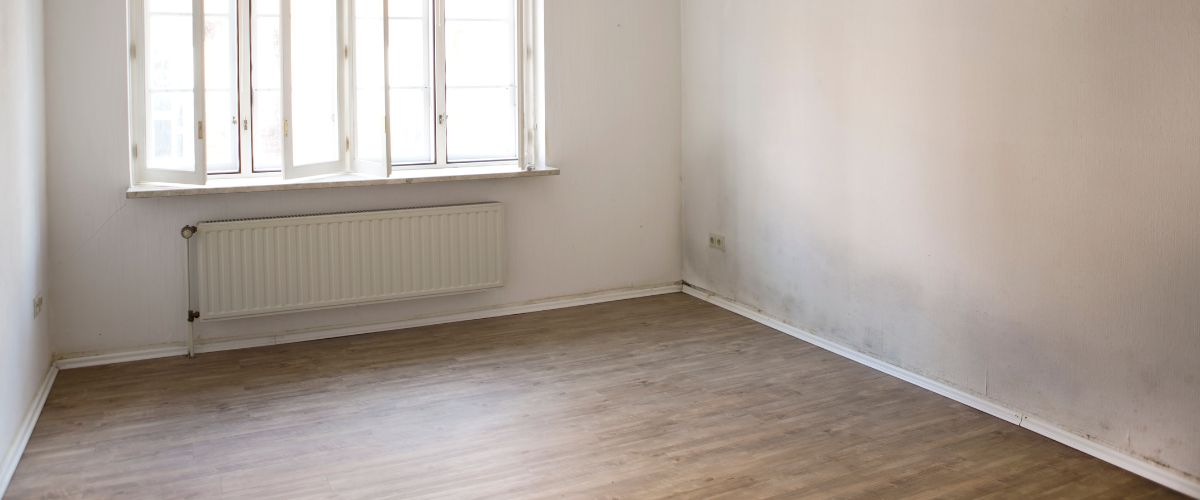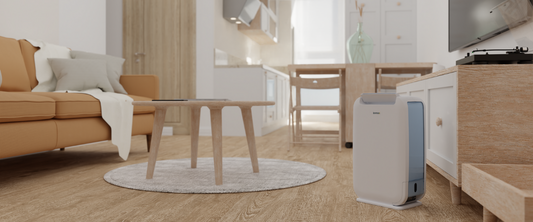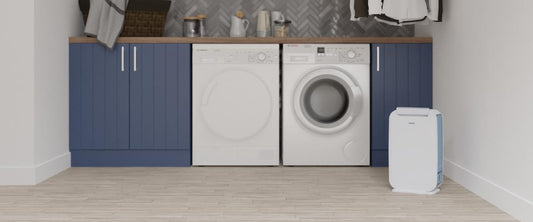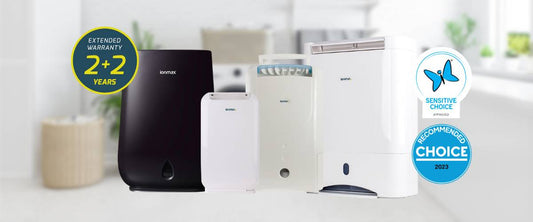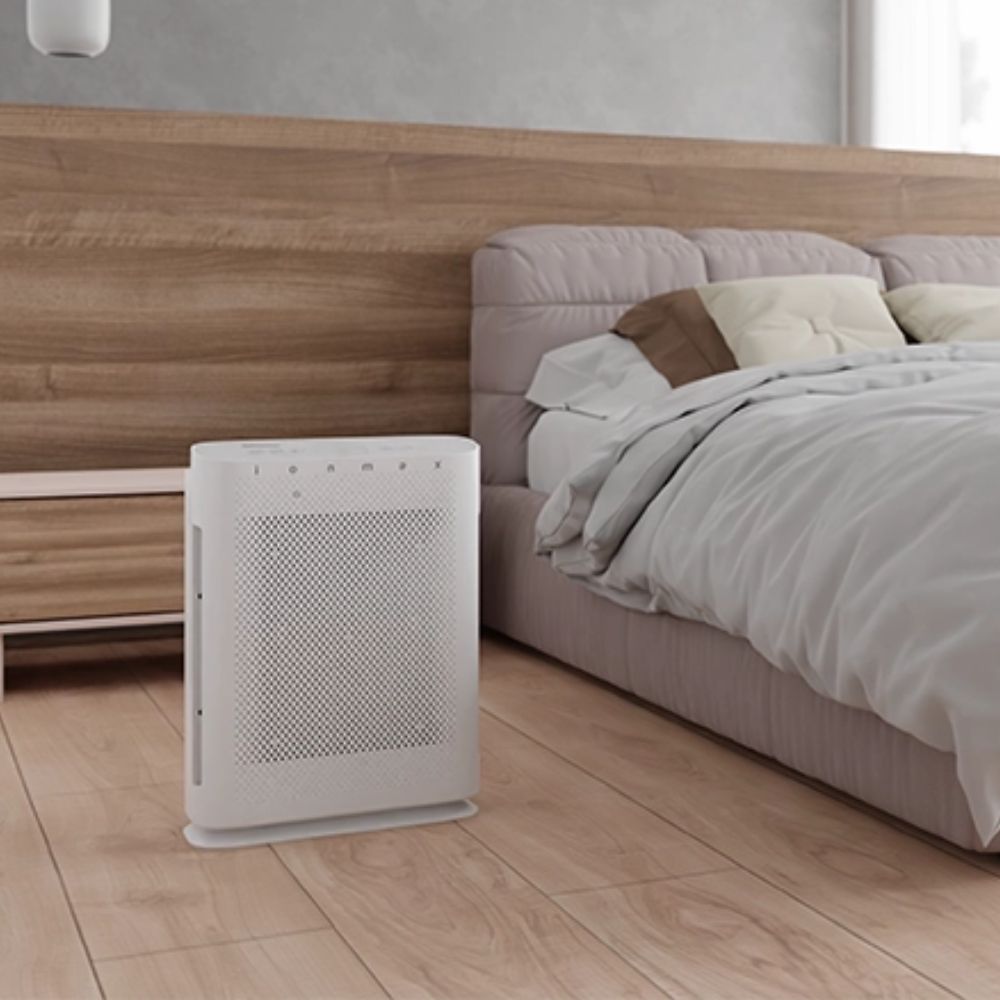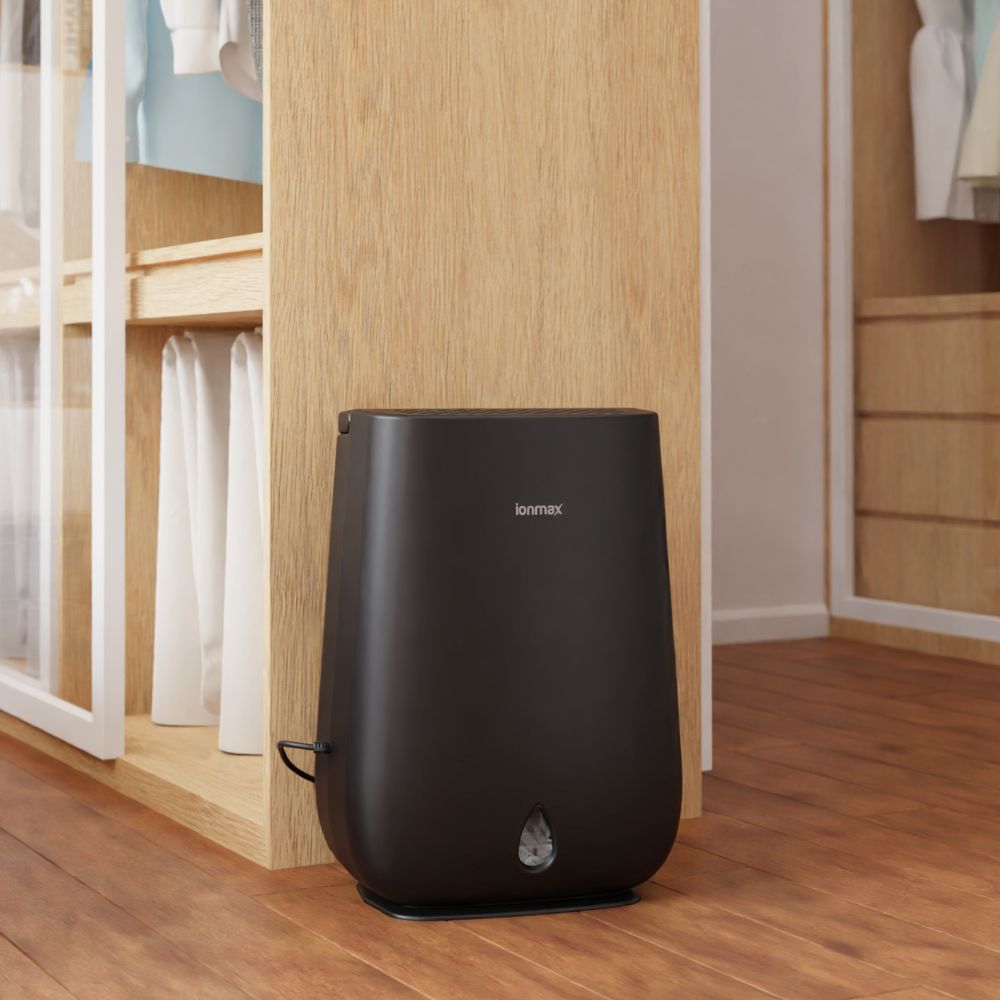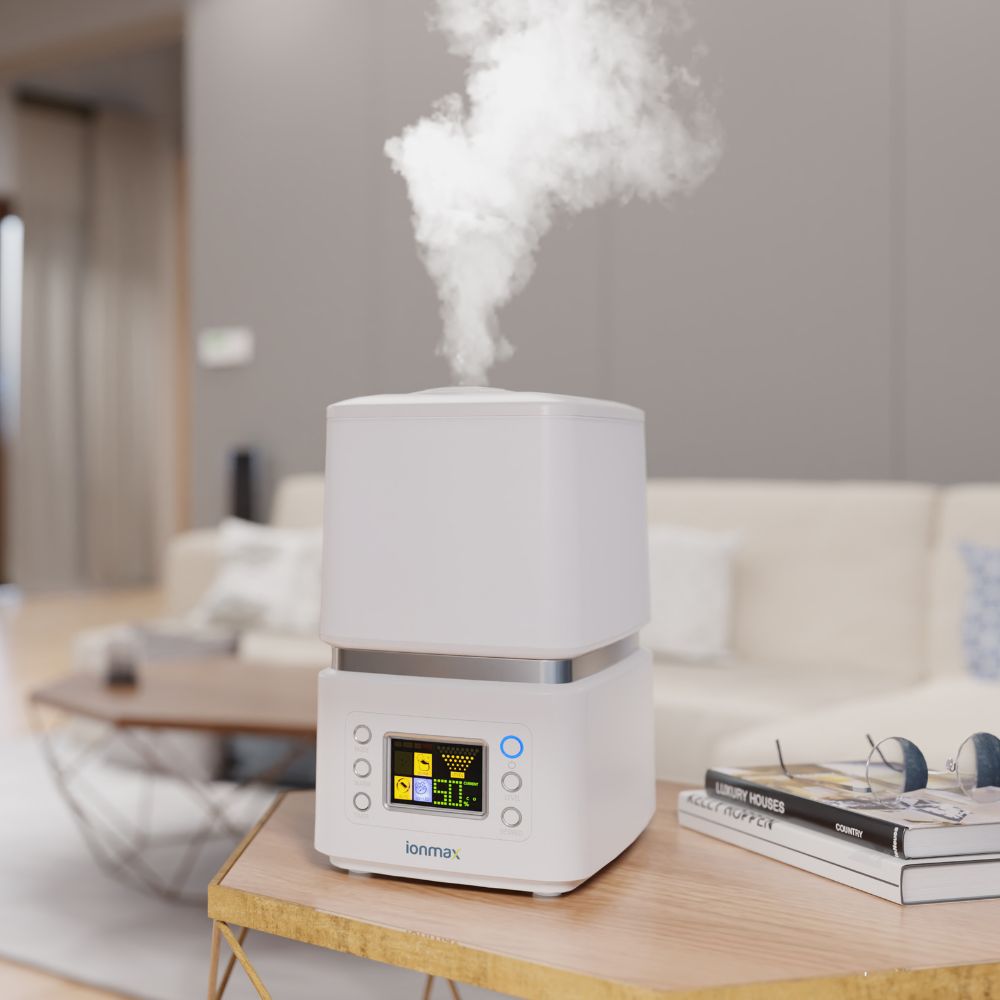As rain continues to pour over many parts of the country, Australian households have been experiencing higher indoor relative humidity (RH) levels brought about by increased moisture in the air.
According to the National Asthma Council (NAC), any RH level more than the ideal 30 to 60%RH will create favourable breeding conditions for mould, mildew, dust mites and other allergens that could be detrimental to one’s health in the long run.
The NSW Ministry of Health highlighted that those suffering from asthma, allergies or other breathing conditions are more sensitive to mould spores, while those suffering from weakened immune systems (through conditions like HIV and cancer) or chronic lung diseases are at a higher risk of developing a mould infection in their lungs.
Mould in the home should not be left untreated as they can trigger asthma attacks and allergy symptoms if its spores are inhaled. Apart from triggering allergy symptoms, inhabitants of a home are likely to experience chronic health symptoms such as fatigue, coughing, rashes, hair loss, nausea, vomiting, fevers and more.
In addition to its health risks, mould can damage furniture, leather goods, paint, and wood in your home and cause structural damage if left untreated.
How mould grows and spreads
Mould is a type of fungi that spreads through spores. Mould spores may enter your home through open doors, windows or other openings. It can also attach itself to clothing or be carried indoors by pets.
There are four factors to mould growth: moisture, warmth, spores and nutrients that can be found in ceiling tiles, wood and other common household materials. As such, mould problems are frequently found in bathrooms, laundry areas, basements and other areas that may be exposed to water leaks.
Moisture is the key to mould control
- US Environmental Protection Agency (EPA)
If a mould spore lands on a damp surface, it will thrive. Once mould starts growing on a surface, it releases spores into the air to spread to other parts of your home.
Different species of mould require different factors to grow - some may need higher temperatures, some lower; some require light, whereas some can grow in darkness. However, all species of mould always need one factor to be present, that is moisture.
Moisture is the biggest factor when it comes to mould growth. Without moisture, there is no way for mould to grow. Hence, reducing excess moisture in the home is crucial to get rid of the mould permanently.
How to remove mould instantly

Vinegar and bleach are two tried and tested methods to kill mould spores on-the-spot. Using a solution made with either vinegar or bleach, you can scrub off mould spores from problem areas to remove mould immediately.
Choice, Australia’s leading consumer advocacy group, recommends slowing down the spread of mould by cleaning the surface area thoroughly with a lot of scrubbing. Use a microfiber cloth dipped in a 4:1 concentration of vinegar and water. If using bleach, Choice suggests a bleach concentration of at least 10% to do the job.
When removing the mould, ensure the room has adequate ventilation and wear appropriate protective gear such as rubber gloves, a face mask and safety goggles to reduce your exposure to its spores.
How to get rid of mould permanently
Removing mould spores using bleach or vinegar, however, will not stop it from reappearing. Changes must be made to the area’s humidity level to prevent its growth. This is because as long as there is excess moisture in the area, it is very easy for mould to return.
-
Inspect your home for mould
Removing mould spores is the first step to stop it in its tracks. Clean off any mould you find around your home using the mould killer solutions mentioned above before it can spread to other parts of your home.
-
Ensure there is adequate ventilation indoors
Adequate ventilation allows for fresh, dry air to enter your home while expelling warm, moist air. Open up windows to allow ventilation indoors, or use fans to circulate air around the home. In the kitchen, bathroom or laundry, use exhaust fans to vent excess moisture out of the home.
-
Clean up areas damaged by flood or dampness
Mould can start growing within 24-48 hours in damp areas so it’s important to clean up any water spills or flood water in your home as soon as possible. This includes drying up damp areas and removing any furniture or belongings that cannot be dried completely.
-
Control indoor humidity levels
Get a hygrostat or humidistat to monitor indoor humidity levels to ensure they are below 60%RH, which is inconducive to mould growth. If your home is consistently above 60%RH and indoor ventilation is not helping to reduce it, then using a dehumidifier to remove moisture from the air would be the most effective and efficient way to do so.
How dehumidifiers help mould control
Dehumidifiers remove moisture from the air by drawing air in, then filtering and cooling it to condense moisture. The air is then reheated before warmer and drier air is released. The condensed water is collected in a water tank for disposal or can be continuously emptied through a hose connected to a drainage hole.
By removing excess moisture from the air, dehumidifiers help to make conditions less welcoming for mould growth, which in turn, helps stop the spread of its spores and leaves you with better indoor air quality.
To help with mould removal, dehumidifiers have built-in humidistats that monitor indoor RH levels and can be set to reduce indoor humidity to specific levels such as 60%RH and below.
In areas affected by continuous rainfall or flooding, reducing indoor humidity levels can prove to be difficult with just cleaning and ventilation. Hence, it is highly recommended to use dehumidifier to actively draw excess moisture from the air quickly before mould growth returns.
Read our guide on how to choose the best dehumidifier for your home to learn about the many aspects and factors to consider before making a purchase. Alternatively, speak to our support team for a recommendation based on your needs or consult with mould removal specialists in your area for serious mould issues affecting your homes.
Ionmax dehumidifiers are CHOICE recommended for high performance and also Sensitive Choice approved by the NAC for their ability to alleviate allergy and asthma symptoms through moisture removal and effective dehumidification.
Disclaimer: The information provided in this article is for general reference only. Please seek advice from professionals according to your needs.

